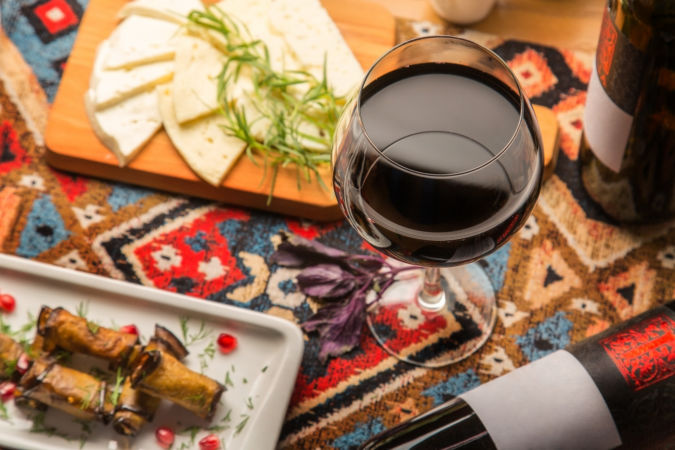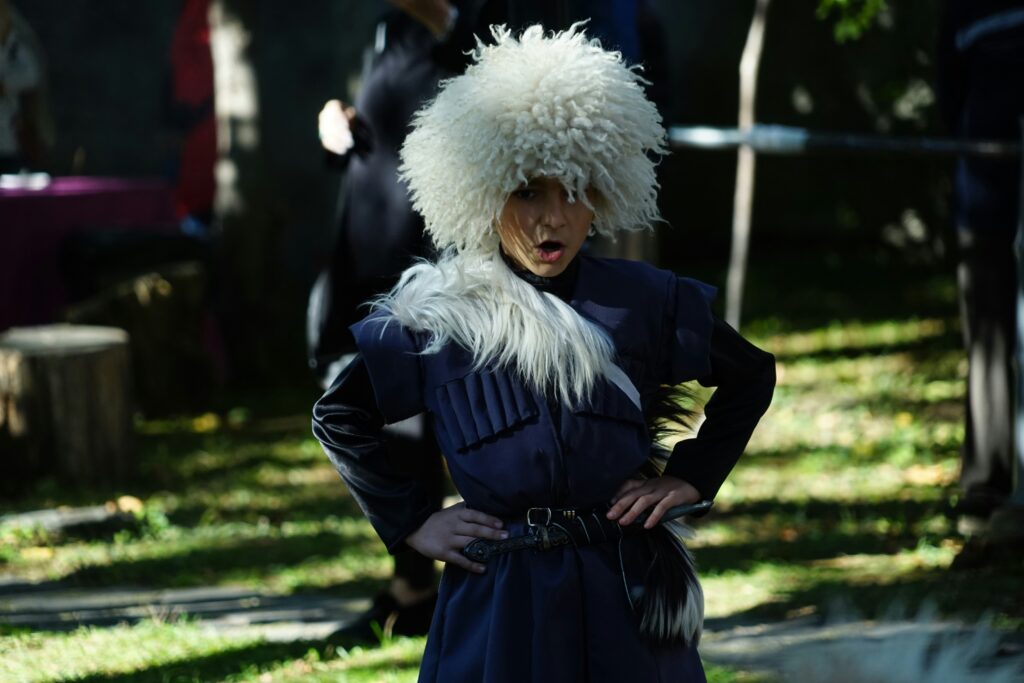Embark on a journey through Georgia’s premier wineries with our insider guide to wine tasting. From historic estates to boutique vineyards, discover the stories behind the wines and savor the flavors of Georgian hospitality.
- Okro’s Wines: A Family Legacy
Located in the heart of Georgia’s wine country, Okro’s Wines is a family-owned winery renowned for its commitment to quality and tradition. Founded by the Okroashvili family, the estate’s vineyards sprawl across the fertile valleys of Kakheti, where the unique terroir and microclimate contribute to the exceptional quality of their wines. Visitors to Okro’s Wines can enjoy guided tours of the vineyards and cellars, learning about the winemaking process from grape to bottle. With a focus on indigenous Georgian varietals like Rkatsiteli and Saperavi, Okro’s Wines offers a true taste of the region’s winemaking heritage.
- Lagazi Winery: Where Innovation Meets Tradition
Nestled amidst the rolling hills of Imereti, Lagazi Winery is a beacon of innovation in Georgia’s winemaking scene. Combining traditional winemaking techniques with modern technology, Lagazi produces a diverse range of wines that showcase the unique character of the region. Visitors can tour the state-of-the-art facilities, including the underground cellar where the wines are aged in French oak barrels, and sample a selection of Lagazi’s acclaimed wines. From crisp whites to full-bodied reds, Lagazi Winery offers something for every palate, all crafted with passion and precision.
- Giuaani Winery: Crafting Wines with Character
GIUAANI WINERY, located in the picturesque village of Keda, is dedicated to producing wines that reflect the soul of Georgia’s diverse terroir. Led by winemaker Gia Shalvashvili, the estate focuses on sustainable viticulture and minimal intervention winemaking, allowing the true expression of the grapes to shine through in every bottle. Visitors to GIUAANI WINERY can explore the vineyards, tour the boutique winery, and enjoy tastings of their handcrafted wines, which range from elegant whites to complex orange wines. With a commitment to quality and authenticity, GIUAANI WINERY is a must-visit destination for wine enthusiasts.
- Winery Khareba: A Journey Underground
Perched on the slopes of the Caucasus Mountains, WINERY KHAREBA / KVARELI WINE CAVE is a marvel of engineering and craftsmanship. Carved into the cliffs of Kvareli, the winery’s underground tunnels stretch for over seven kilometers, providing the perfect environment for aging and storing wines. Visitors can take guided tours of the labyrinthine caves, marveling at the rows of oak barrels and learning about the history of winemaking in Georgia. WINERY KHAREBA / KVARELI WINE CAVE offers a range of wines to suit every taste, from crisp whites to rich reds, all aged to perfection in the cool darkness of the caves.
- Shalauri Wine Cellar: Preserving Tradition
Tucked away in the village of Shalauri, SHALAURI WINE CELLAR is a testament to the timeless traditions of Georgian winemaking. Here, winemaker Givi Shalauri follows age-old methods passed down through generations, fermenting the grapes in qvevris buried in the earth and aging the wines in underground cellars. Visitors can experience the magic of qvevri winemaking firsthand, with guided tours of the cellar and tastings of SHALAURI’s artisanal wines. From vibrant amber wines to robust reds, each bottle is a tribute to Georgia’s winemaking heritage.
Conclusion:
Georgia’s premier wineries offer a glimpse into the country’s rich viticultural heritage, where ancient traditions are preserved alongside modern innovation. From the family-owned charm of Okro’s Wines to the underground marvels of WINERY KHAREBA / KVARELI WINE CAVE, each winery has its own unique story to tell and wines to savor. By embarking on a tour of Georgia’s wineries, visitors can immerse themselves in centuries-old traditions, sample world-class wines, and discover the true essence of Georgian hospitality. So, raise a glass and toast to the beauty and bounty of Georgia’s vineyards—it’s a journey worth savoring.



